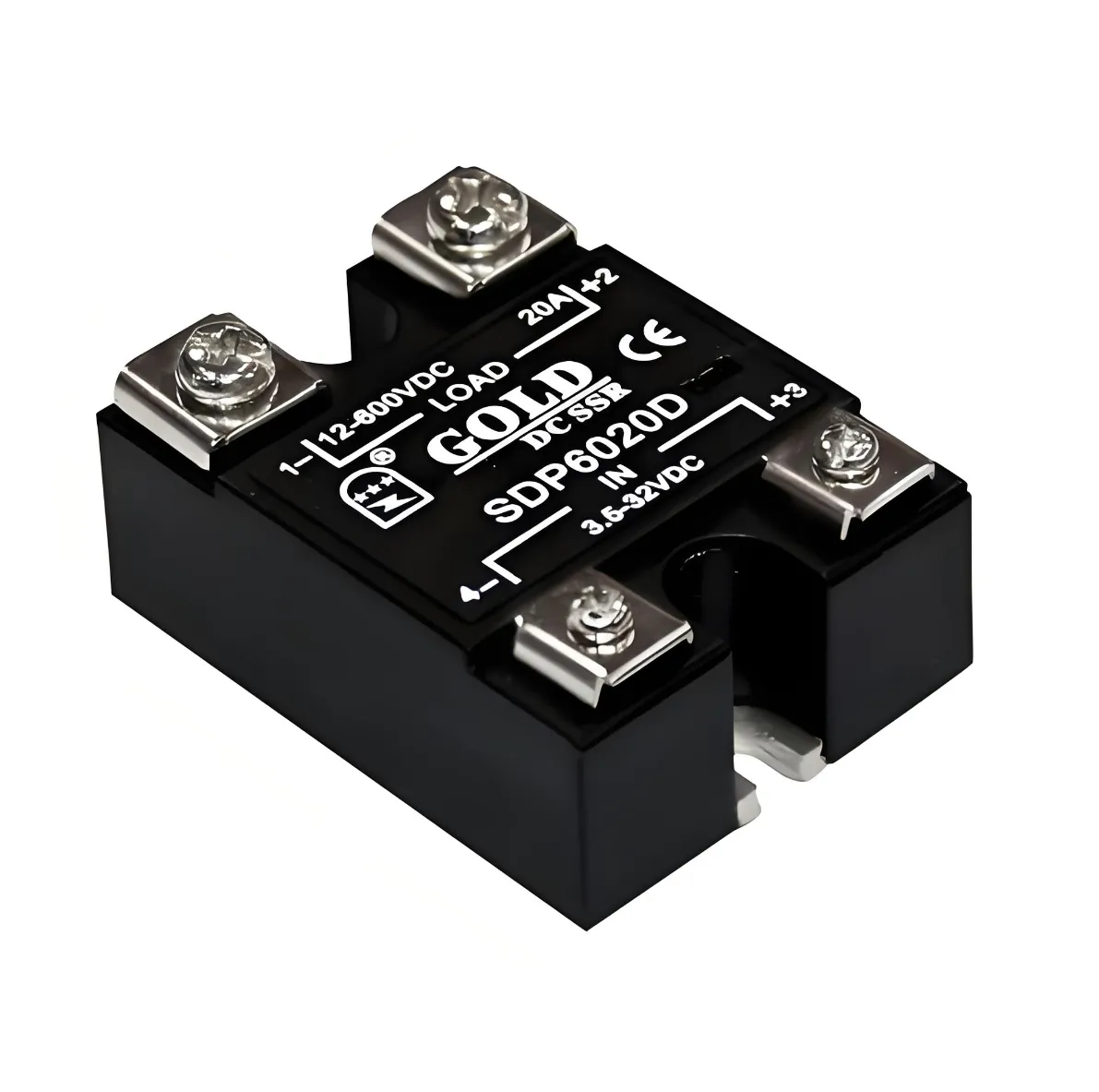Contactors and solid-state relays empower the reliability and efficiency of high-voltage electrical systems
Contactors and relays are common basic control devices in automation control systems and automotive electrical systems. To achieve various goals such as reliable control, fast switching, and low noise in electrical systems, it is necessary to apply relay and contactor technology. Previously, it was electromechanical relays with contactors, but now there are more solid-state relays with contactors.
Automatic switch element relay from electromechanical to solid-state
The importance of relays in automation control circuits is self-evident, as they are one of the core control components. By utilizing electromagnetic and electromechanical principles, the contacts in the relay will close or open, thereby driving or controlling the relevant circuits.
Relays with current as input change their switching state according to changes in current. When current passes through a coil, a magnetic field is generated that attracts contacts with opposite polarity, causing the contacts to open or close the circuit.
There are also relays with input quantities of voltage, speed, and pressure, which are essentially based on the same principle. They are mainly composed of electromagnetic mechanisms and contacts, and automatically switch according to changes in input quantities.
These traditional electromechanical electromagnetic relays, due to the presence of contacts, always experience wear and tear at their contact points during the continuous mechanical switching process, which can lead to issues such as arcing and noise. In current control circuits, their applications are relatively limited, and many applications tend to choose solid-state relays for switch control.
Solid state relay is a contactless switching device composed of microelectronic circuits and all solid state electronic devices such as discrete electronic devices and power electronic devices, which can achieve the purpose of connecting and disconnecting circuits without contact or spark.
The contactless structure makes solid-state relays more reliable, responsive, and less susceptible to external interference compared to electromagnetic relays, making them widely applicable.
Solid state relays can integrate power and signal transmission into a single chip through higher integration, forming a relay solution that does not contain any moving devices and has high reliability.
Especially after solid-state relays use semiconductor devices to achieve switching functions, their ability to carry high-power and high current loads has been improved. In high-voltage electrical systems such as automobiles and industrial systems, there are already many such high safety applications.
High voltage contactors enhance the safety of electrical systems
Contactors are a type of control device that is extremely similar to relays, and are also the main component of electromagnetic mechanisms with contacts. By using the current flowing through the coil to generate a magnetic field to close the contacts, the contactor can achieve the purpose of controlling the load.
But unlike relays, contactors have a large control capacity and can control high-power and high current loads, playing a role in connecting, cutting off circuits, and protecting them. They are suitable for circuits that require frequent operation and remote control.
The arc extinguishing ability of high-voltage contactors is an important means to ensure safety in high-power and high current scenarios. Arc extinguishing is a protective measure to forcibly zero the current. For some high-power and high current circuits without voltage and current zero crossing, it is necessary to eliminate the generated arc in this way, such as high-voltage and high current automotive electrical platforms, and high-voltage power generation and energy storage sides.
For these high-voltage applications, high-voltage contactors can respond faster than fuses, timely disconnect protective circuits, and also perform multiple disconnections under high loads. High voltage contactors that can be quickly disconnected also help prevent contact welding and provide the first line of defense for high-voltage systems in the event of a malfunction.
Improving safety is naturally the first consideration for high-power equipment, and high-voltage contactors have also demonstrated extremely high reliability. While ensuring safety, the optimization of contactors also pays special attention to combining high-performance switching capabilities to minimize the current consumption required for closure and achieve the goal of reducing internal dissipated power. This can also help improve the power efficiency of the entire electrical system.
Summary
The application of solid-state relays is no longer limited to the low-power and low current applications of traditional relays. They have brought excellent switch control to high-voltage systems such as automotive electrical systems, industrial electrical systems, and power grid electrical systems. Contactors also contribute to system efficiency by reducing energy consumption while improving robust safety.
To find products and services more accurately, please try entering keywords for search.
For more product and service content, please contact us and send an email to sales@dimud.com.
We sincerely look forward to connecting with you!


